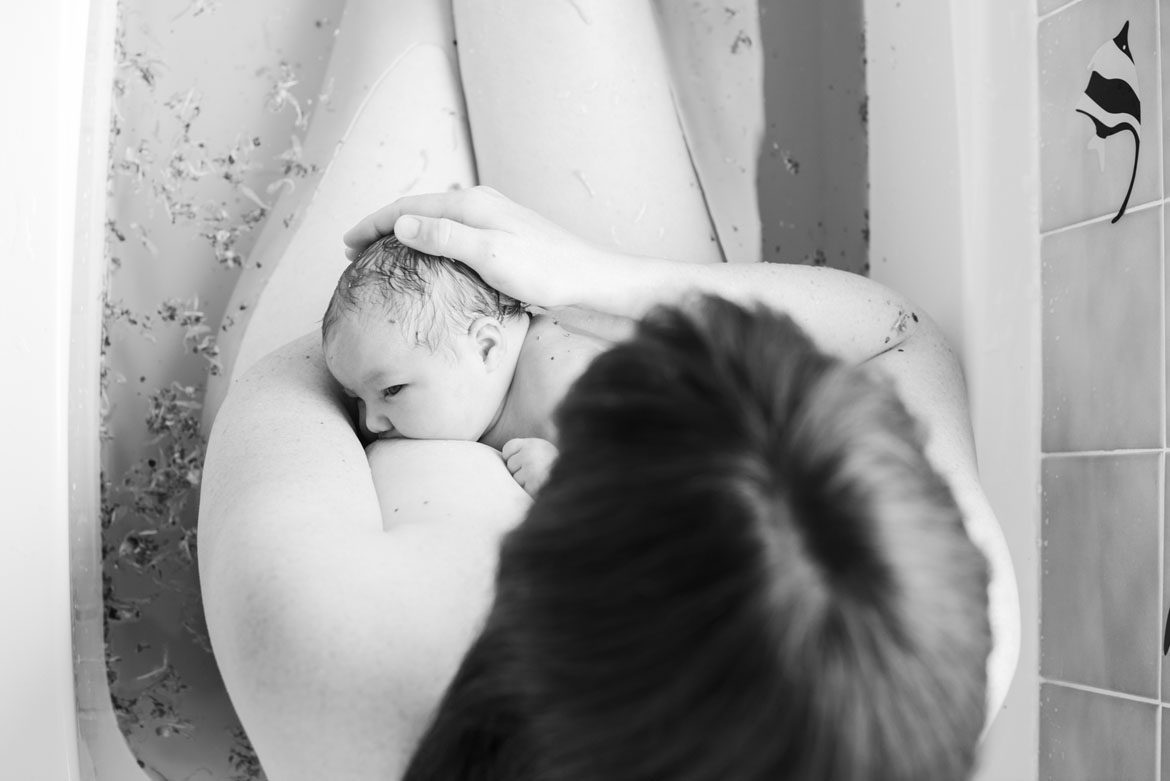“I have to go back to work earlier than expected but I want to keep on breastfeeding. I’ve bought a double breastpump so I can express as much milk as possible, but I’m not sure about how regularly I should pump or what the best way to store the milk is?”
Fresh breast milk is best; this is breastmilk that has been expressed within four hours. But you might want to build up a supply for when you are not around.
If expressed milk isn’t being given to your baby straight away, it should be stored in the fridge. You can store it at the bottom of the fridge for 3-5 days at about 4degrees, although hospital guidelines do vary. It is important not to store breastmilk in the door of the fridge as the temperature doesn’t remain constant as you open and close the door. If you are only expressing small amounts at a time, then you can add expressed milk together throughout the day, but you make sure you place each bottle in the fridge as soon as you’ve produced it – don’t leave it on the side. If you want to store milk longer than 5 days, then it is important to freeze your milk.
Freezing your milk
Breastmilk can be stored in a freezer for:
- Up to 6 months at -19 degrees Celsius
- Up to 12 months at -18 degrees Celsius
Here are some tips and facts that will help you know how best to store and give expressed milk:
- When breastmilk is frozen it expands and so a container should never be filled more than three quarters full
- You need to put the date on all your expressed breastmilk and use it in chronological order, oldest milk first
- Occasionally frozen breastmilk can give off a strange, soapy, smell – breastmilk is easily digested and this is due to an enzyme called lipase. If lipase is quite active (this varies from woman to woman), the milk will take on a strange smell, which is harmless to babies but which may vary the taste
Defrosting and heating
You should leave frozen milk in the fridge to defrost slowly and then at room temperature just long enough to take the edge of the coolness off. A bottle warmer can be used or cup of warm water, but you should never heat milk in a microwave as it can create hot spots which can be dangerous for baby.
Freshly Expressed
Room Temperature: 4-6 hours at 19 to 26°C
Fridge: 3-8 days at 4°C or lower
Freezer: 6-12 months -18°C to -20°C
Thawed Breastmilk (Previously Frozen)
Room Temperature: Do not store
Fridge: 10 hours maximum
Freezer: Never refreeze
Expressing your milk
The amount of milk you will need to express will depend on how much you are going to be away from your baby. If you are going back to work full time, you will need to start to build up a supply from around 6 weeks before you go back to work. For part time work you will need less and therefore not need to express as much. Begin by pumping once a day, preferably in the morning when your supply is greater, and then increase if necessary. If space is limited in the freezer, bags are easier to store than bottles. Remember to label them and use in date order. When away from your baby, you should try to express at around the same time you would normally be feeding.
Feeding your expressed milk
Experts recommend that you feed your baby through a small cup or through a bottle. Whilst getting used to this new way of feeding, your baby may take in more air than when breastfeeding, so you may need to wind your baby during the feed as well as afterwards. You will need to take the time for your baby to get used to it. You might find that it’s easier for your partner or child minder to do the initial feeds so that your baby does not smell you and want to breastfeed.
Article provided by Medela. Medela was founded in 1961 by Olle Larsson and is headquartered in Switzerland. Under the leadership of Olle Larsson’s son Michael, Medela has become a global player in breastfeeding products and medical vacuum technology thanks to continued research, innovation and the evaluation of customers’ needs.












Great article! However this should be hours not days right?
Room Temperature: 4-6 days at 19 to 26°C